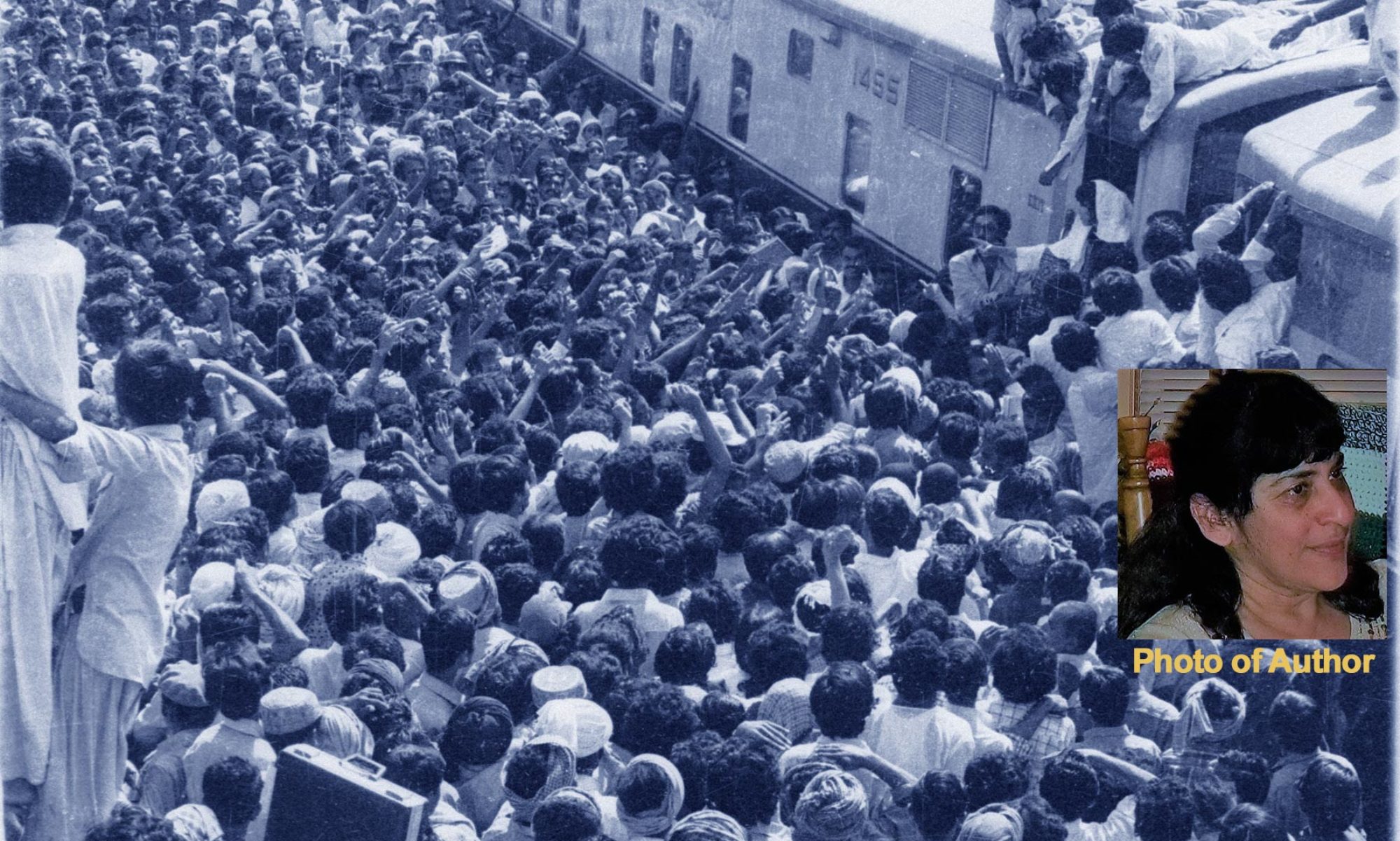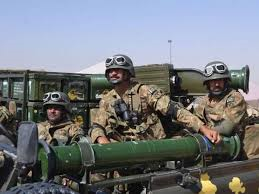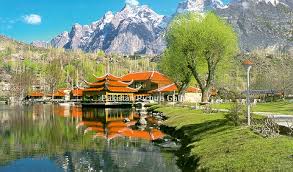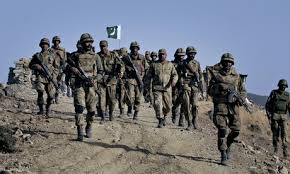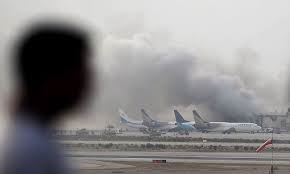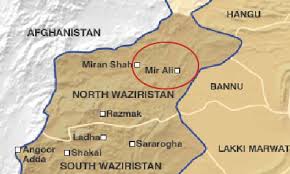KARACHI, July 22— I had just landed at Jinnah International Airport on July 7, and was walking toward the baggage claim area when I saw the bullet hole.
There it was, a single hole in one glass pane, probably from a stray bullet, fired hundreds of yards away. It was the only visible reminder of the firefight on June 8, when members of the Pakistani Taliban invaded the old terminal building where cargo and private flights now operate. Through the night, they fought a pitched battle with security forces that ended with 36 people dead, including the 10 militants. Another casualty, now permanently scarred, was our collective sense of security about our airport.
Jinnah International was the one place where we felt safe from Karachi’s woes. The airport feels like a sanctified space, its air already heavy with the magical scent of “abroad.” Traveling overseas is difficult at the best of times for Pakistanis, who must struggle through complicated visa applications and stressful visa interviews, weighed down by the need to prove one’s bona fide intentions as a visitor to another country, along with the daunting financial burden that traveling overseas presents to most Pakistanis.
But when you drive to Jinnah International to catch a dawn flight, with the sky turning from lavender to rose and peach, the airport shimmers from a distance like a mirage. The closer you get, the more real becomes the imposing gray granite building with its swooping ramps and graceful runways; with it, your dreams of escaping Karachi’s grip become reality, too.
The single bullet hole seemed so insignificant compared with the images that had crowded our television screens during the attack: plumes of smoke and fire emerging from the cargo buildings, soldiers bearing heavy weaponry to battle positions, ambulances rushing to the scene. I had been in London on June 8, but like everyone who lives in Karachi, I had seen similar scenes before — and not just on television: We’ve witnessed the bombs, gun battles and attacks, and their aftermath, with our own eyes.
But the airport siege opened a new wound. We were so proud of Jinnah International — not just its new terminal, built from 1985 to 1992 at a cost of at least $100 million, but also the old terminal. Its Star Gate remains a Karachi landmark. Hundreds of thousands of Pakistanis had passed through its dingy old buildings: to hajj, to emigrate abroad, to return home, to go to university, to discover the world.
The planners of the attack had to know that their strike, whether or not it crippled the airport indefinitely, would deliver a grievous wound to our psyche as Pakistanis. The airport, after all, represents our connection to the outside world, our modernity and our prosperity.
It is also the hub of Pakistan International Airlines, our beleaguered national carrier. Once the pride of the country, it is now the butt of a thousand bad jokes. P.I.A., you hear, stands for “Prayers in the Air.”
Pakistanis complain about nearly everything the airline does: its on-time record, its finances, its fleet maintenance, the often surly staff. But no matter how bad P.I.A. gets, it’s still ours: a national symbol established in 1955 under the leadership of a well-known Pakistani industrialist, Mirza Ahmad Ispahani. Its birth announced to the world that our fledgling country now counted itself among the nations that mattered. The terrorists struck at that idea, too.
Leaving home is always stressful, but Pakistanis have special reason to be nervous when flying abroad: Since 9/11, we have faced particularly stringent security checks and have often been singled out for special questioning at immigration lines. When we land abroad, the extra scrutiny and suspicion aroused by our green Pakistani passports amplify fears that we might be deported back to Pakistan, rather than be allowed to reach our destinations.
But the deepest cause of anxiety for Pakistanis leaving home may be historical memory. The ghosts of the millions who were slaughtered 66 years ago during Partition, when they were migrating between India and Pakistan, still haunt us when we travel. Who hasn’t heard the stories of entire trainloads of immigrants arriving dead at the train stations; of sword-wielding mobs killing defenseless men, women and children just because of their faith? These stories have been passed down through the generations, and their impact is imprinted onto our collective psychology. The Taliban’s actions at Jinnah International exposed that nerve, with eerie precision.
Pakistanis are always superstitious when we travel: We utter special Islamic prayers for safe departures and arrivals, and we give alms and thanks when we return home safely. But these customs won’t help to ease our anxiety nearly as much in the future. Not now that there are menacing-looking soldiers in combat fatigues clutching submachine guns as they patrol the airport’s corridors. Not now that only one person is allowed to drop you off at the airport, instead of the entire family that was present to comfort and distract you from last-minute jitters. And only one person can greet you when you return — taking some of the joy out of a successful homecoming.
Once I was safely home from the airport, the memory of that bullet hole in the windowpane, so small that it must have been overlooked by repair crews, reminded me of the way Bilal Tanweer, an up-and-coming Pakistani writer, opens the prologue to his novel “The Scatter Here Is Too Great”: “Ever seen a bullet-smashed windscreen? The hole at the center throws a sharp clean web around itself and becomes crowded with tiny crystals. That’s the metaphor for my world, this city: broken, beautiful, and born of tremendous violence.”
Bina Shah is the author of several novels, including “Slum Child,” and short-story collections.
